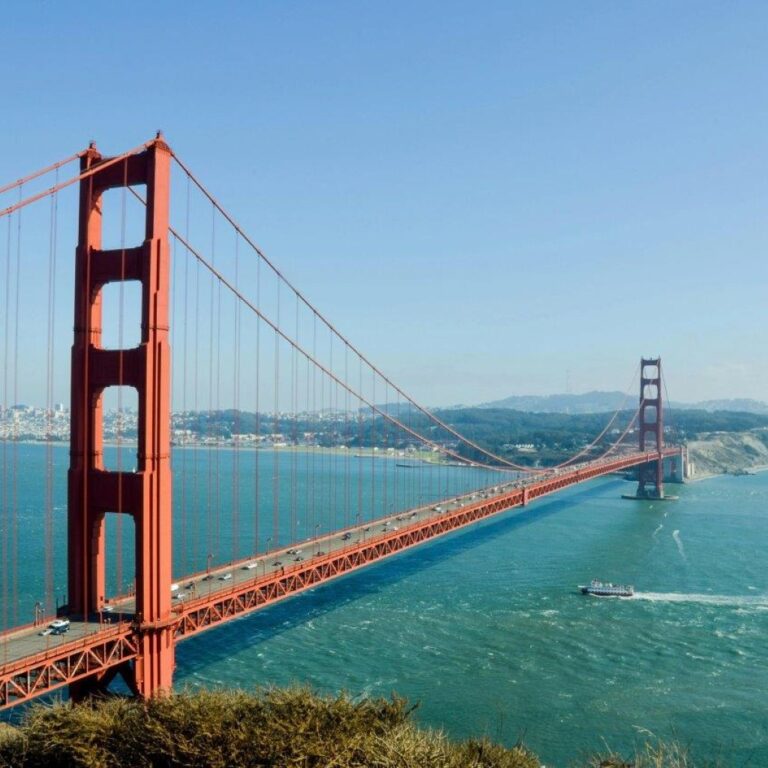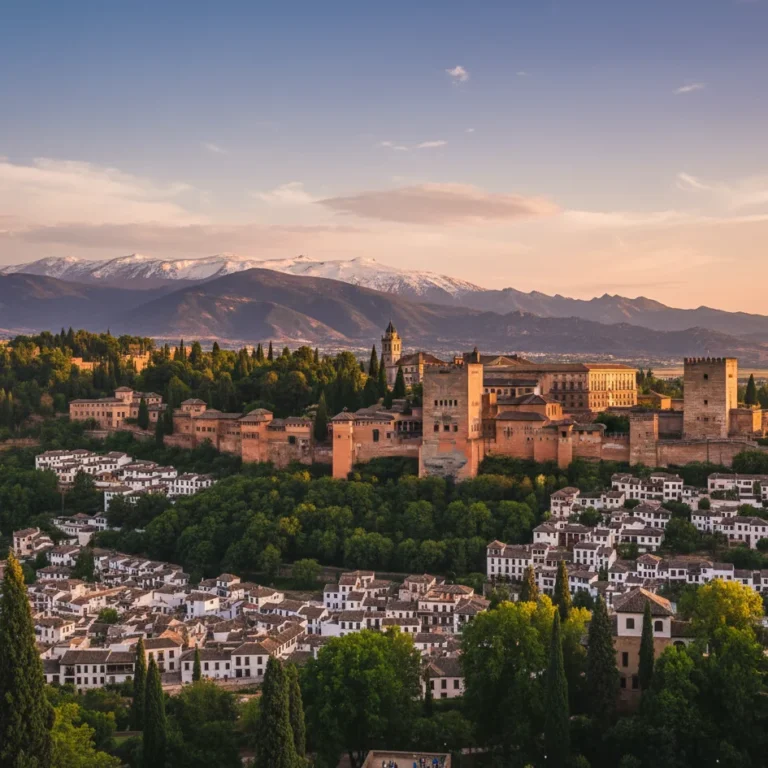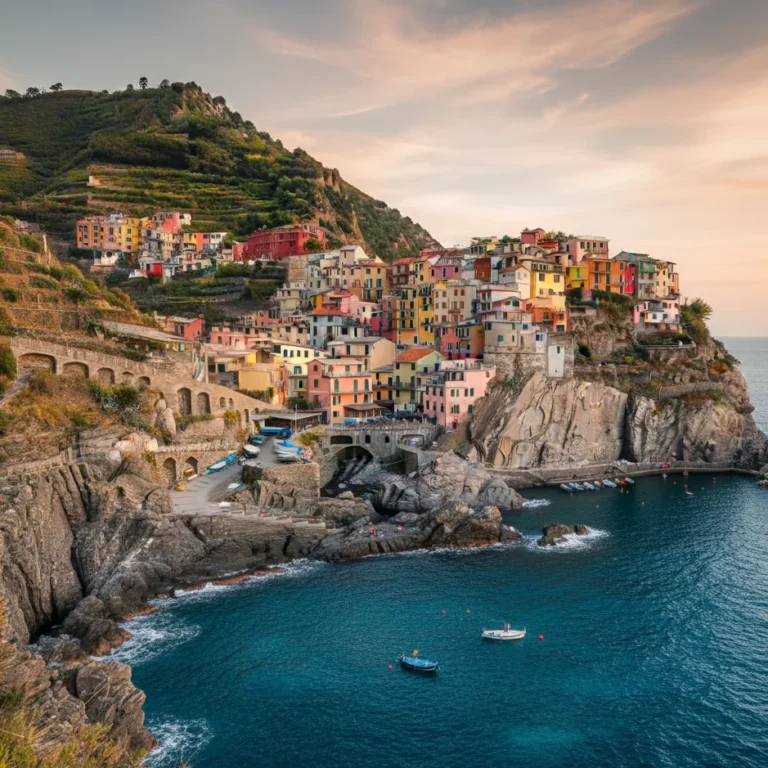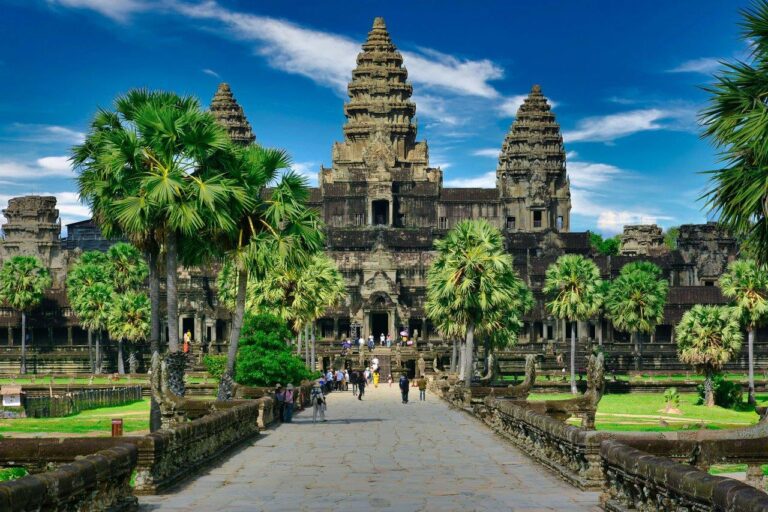The Golden Gate Bridge spans the Golden Gate Strait, the entrance to San Francisco Bay from the Pacific Ocean, and connects San Francisco to Marin County.
The bridge is 1.7 miles (2.7 kilometers) long and its main suspension span stretches 4,200 feet (1,280 meters), making it one of the longest and tallest suspension bridges in the world.
Construction of the bridge began in 1933 and was completed in 1937, taking just over four years to finish.
The bridge's distinctive International Orange color was chosen to enhance visibility in San Francisco's frequent fog and to complement the natural surroundings.
The Golden Gate Bridge was designed by engineer Joseph Strauss, with contributions from architect Irving Morrow and engineer Leon Moisseiff.
At the time of its completion, the Golden Gate Bridge was the longest and tallest suspension bridge in the world, a title it held until 1964.
The bridge's two towers stand 746 feet (227 meters) tall, making them taller than the Washington Monument.
The bridge's roadway is suspended by two main cables, each measuring 36.5 inches (93 centimeters) in diameter and containing 27,572 individual wires.
The total weight of the bridge is approximately 887,000 tons, with the roadway alone weighing about 20,000 tons.
The Golden Gate Bridge is painted continuously, with a team of painters working year-round to maintain its iconic color and protect it from corrosion.
The bridge has six lanes of traffic and a pedestrian walkway, attracting millions of tourists and commuters each year.
The Golden Gate Bridge has been featured in numerous films, TV shows, and photographs, solidifying its status as a cultural icon.
The bridge is an important transportation link, serving as a vital route for commuters and travelers in the San Francisco Bay Area.
The Golden Gate Bridge's opening celebration in 1937 included a week-long series of events, with President Franklin D. Roosevelt announcing the opening via telegraph.
Despite initial skepticism about its feasibility, the Golden Gate Bridge has become one of the most photographed and admired structures in the world.
How useful was this post?
Click on a star to rate it!



